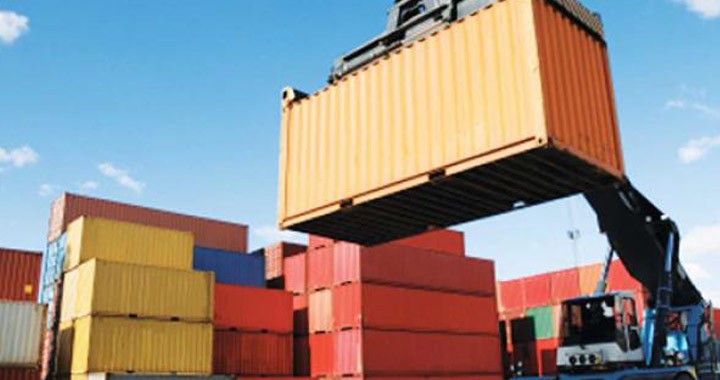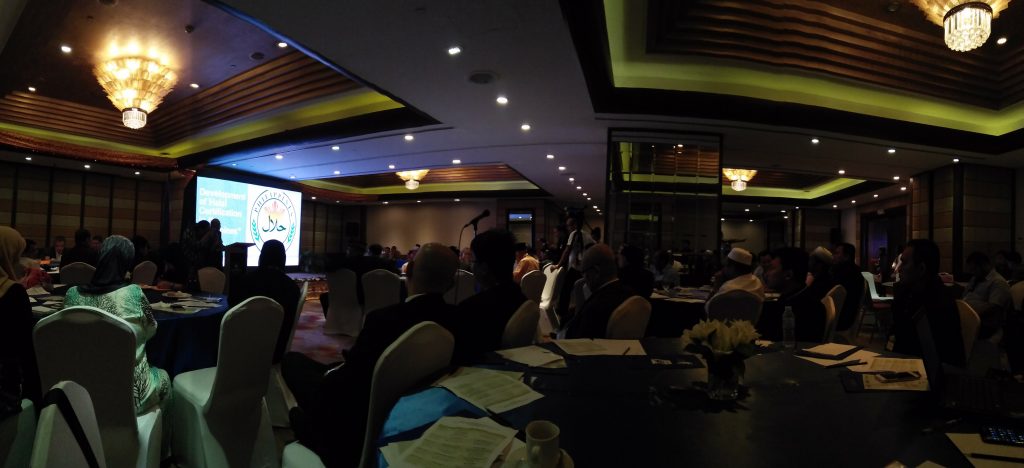 It is therefore necessary for regulatory agencies to undertake the RIA process which involves problem definition, setting the objectives, identifying options (from doing nothing or status quo to other options), impact analysis (cost-benefit analysis), comparing options, and implementation and monitoring.
It is therefore necessary for regulatory agencies to undertake the RIA process which involves problem definition, setting the objectives, identifying options (from doing nothing or status quo to other options), impact analysis (cost-benefit analysis), comparing options, and implementation and monitoring.
World Bank strongly suggests that regulatory agencies must subject any proposed regulation to the regulatory impact assessment (RIA), a tool that ensures the quality of regulations through a rigorous, well-defined and evidence-based analysis.
RIA is a process and a document to “clean” the rules particularly those involving high regulatory risks that reduce investment and competition; high transaction costs due to a complex, multi-layered, often arbitrary rules that are vulnerable to corruption; too little market regulation, poor enforcement, and under-institutionalization in policy areas as consumer and environmental protection; and checks and balances, such as an effective judiciary which are weak, harming new entrants.
In a recent training on RIA, World Bank emphasizes that a good regulation should be focused on policy problem, introduced when necessary and proportionate to the risk posed by the policy problem, accountable to those affected by the regulation and those who confer regulatory authority, transparent or consultation based, and consistent, taking into account existing rules and regulations.
Corollary to this, the Office of the President issued Memorandum No. 27, series of 2017 which, directs among others, the NEDA to promote among regulatory agencies the use of RIA and other related tools. In Turn, NEDA now implements the Program on Modernizing Government Regulations (MGR) in cooperation with the Development Academy of the Philippines.

 The Philippine Ports Authority (PPA) issued Memorandum Circular (MC) No. 07-2018 that approves the 7% increase of cargo handling tariff for international containerized and non-containerized cargoes at the two international terminals in Manila. The new rate takes effect on June 5, 2018.
The Philippine Ports Authority (PPA) issued Memorandum Circular (MC) No. 07-2018 that approves the 7% increase of cargo handling tariff for international containerized and non-containerized cargoes at the two international terminals in Manila. The new rate takes effect on June 5, 2018. Government efforts for the development and promotion of Philippine Halal Industry are underway to tap the rising demand on Halal products and services. The halal food industry is estimated to reach 3 trillion in 2021 that can be tapped by the Philippines.
Government efforts for the development and promotion of Philippine Halal Industry are underway to tap the rising demand on Halal products and services. The halal food industry is estimated to reach 3 trillion in 2021 that can be tapped by the Philippines.